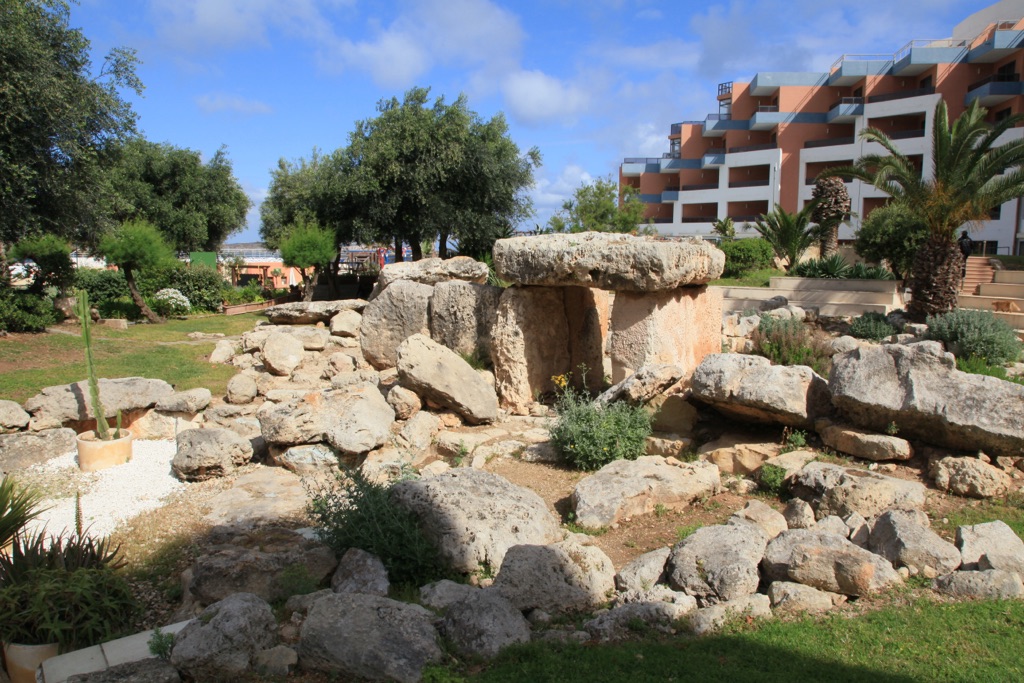The Buġibba Temple, a megalithic structure located on the border of Buġibba and Qawra towns within the limits of St. Paul’s Bay, Malta, represents a significant archaeological site from the Tarxien phase of Maltese prehistory. Despite its relatively small size, the temple’s remnants offer valuable insights into the architectural and religious practices of prehistoric Malta. The temple, constructed from coralline limestone, features a distinctive façade, a trilithon entrance, and a corridor leading to a central area with three apses. Notably, part of the temple’s original floor has survived at the back of the site. However, much of the structure has been lost over time, primarily due to agricultural activities that leveled the area.
Temples
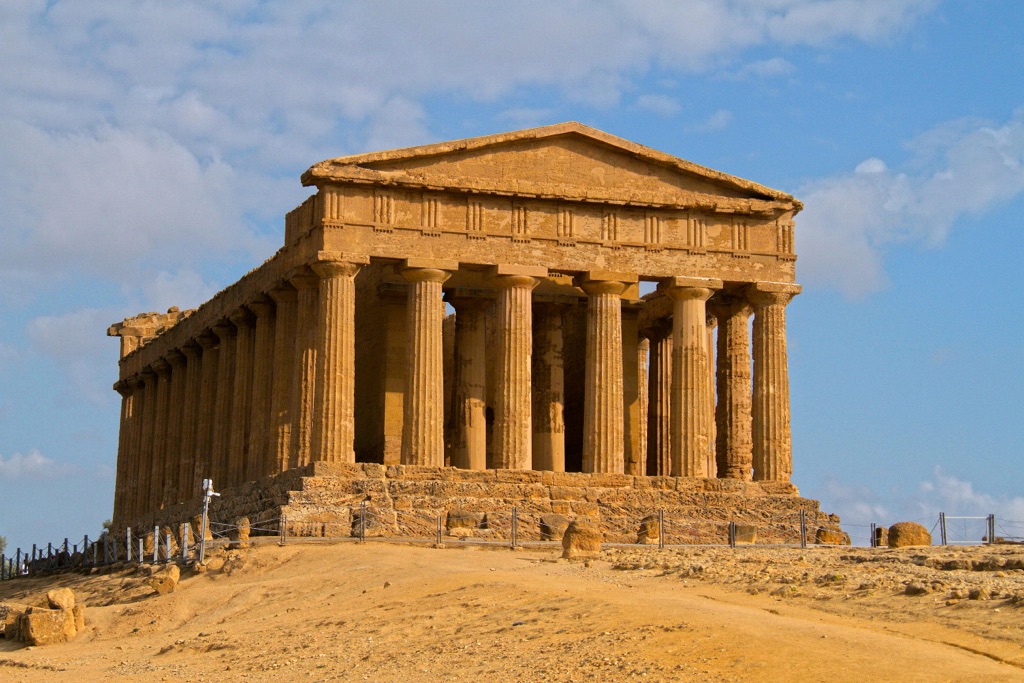
Temples are sacred buildings dedicated to worshipping gods and goddesses. In ancient times, they were often grand structures, decorated with carvings and sculptures, where people would gather for rituals and ceremonies. Many ancient temples, like those in Egypt and Greece, still stand today.
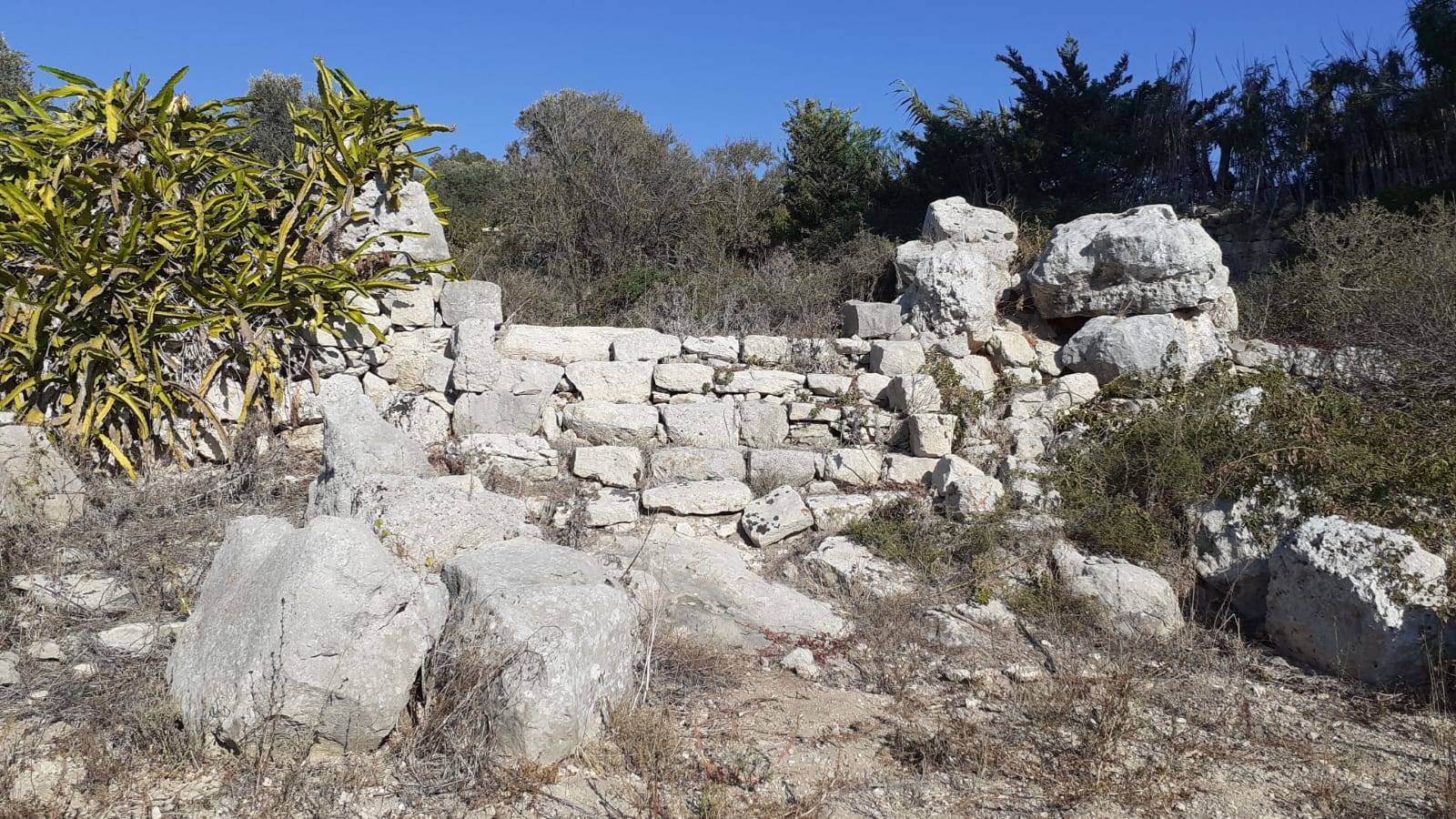
Tal-Qadi Temple
The Tal-Qadi Temple, situated in Salina within the limits of Naxxar, Malta, represents a significant yet enigmatic piece of Maltese prehistoric architecture. Unlike the majority of megalithic temples on the island, which are in a relatively better state of preservation, Tal-Qadi stands out not only for its unique orientation but also for its current poor condition, with only the general outline of the temple discernible today.
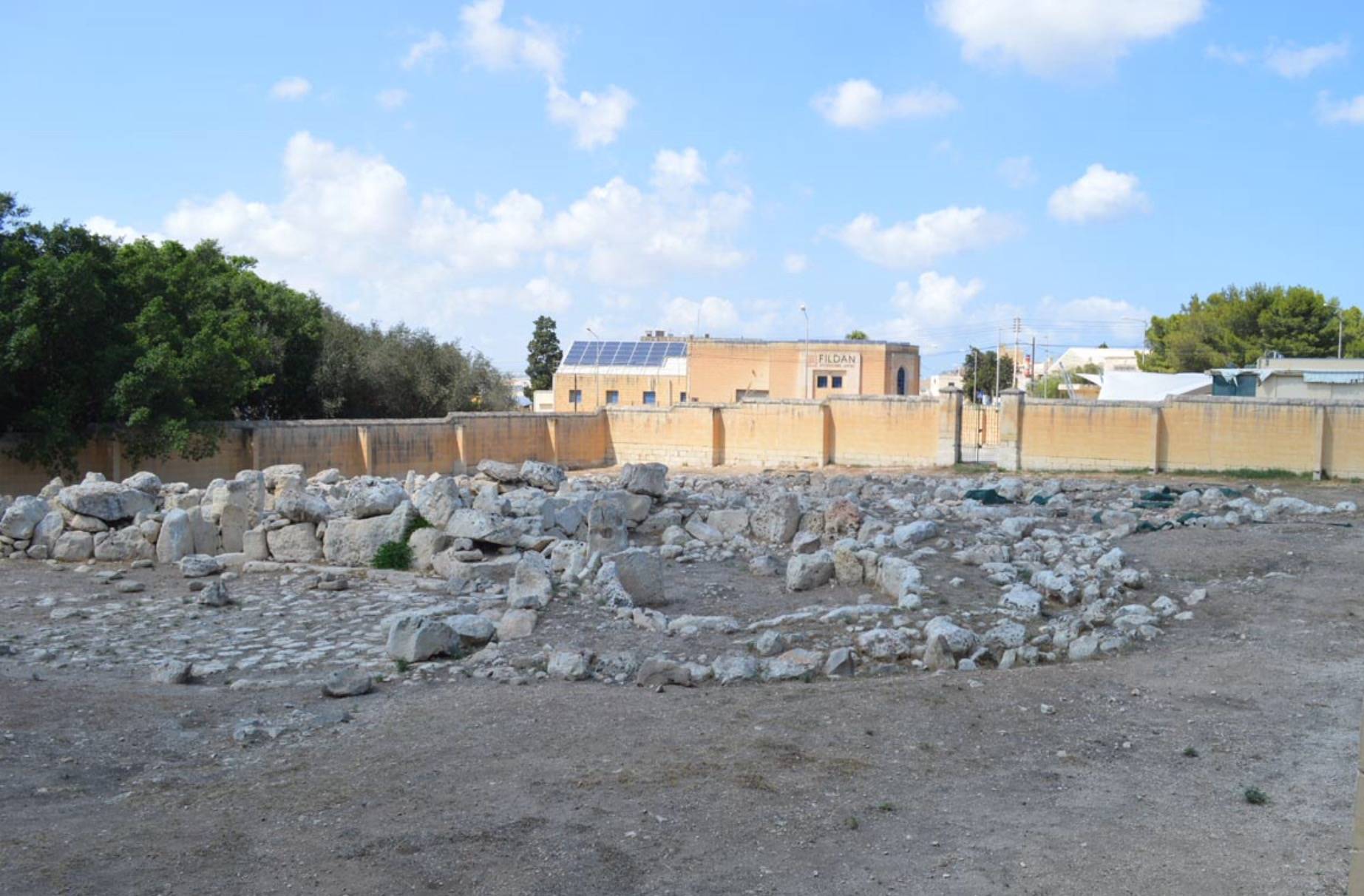
Kordin Temples
The Kordin Temples, situated on the Corradino Heights in Paola, Malta, represent a significant chapter in the archipelago’s prehistoric period. These megalithic structures, once part of a larger complex, offer insight into the religious and daily lives of the island’s ancient inhabitants. This post delves into the history, excavation, and current state of the Kordin Temples, focusing on the surviving Kordin III site.
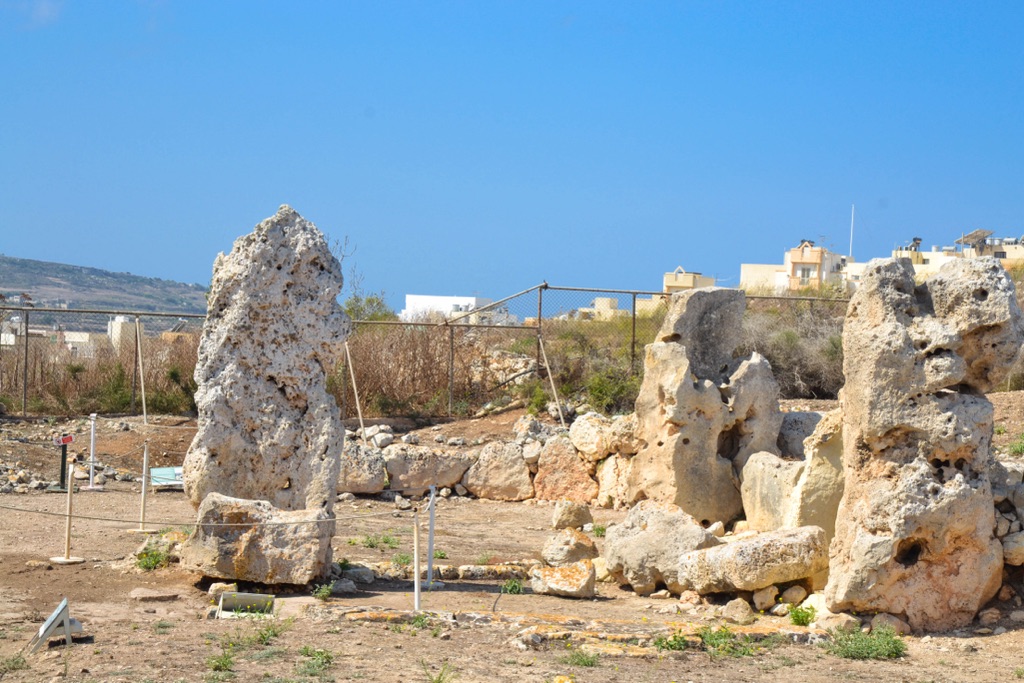
Skorba Temples
The Skorba temples, located on the northern edge of Żebbiegħ in Malta, stand as a testament to the island’s rich Neolithic culture. Despite their less preserved state compared to other megalithic sites like Ħaġar Qim and Tarxien, the Skorba temples offer invaluable insights into the prehistoric era of Malta. Excavated in the early 1960s by David H. Trump, this site has filled significant gaps in our understanding of Maltese Neolithic society, thanks to the application of modern archaeological methods.
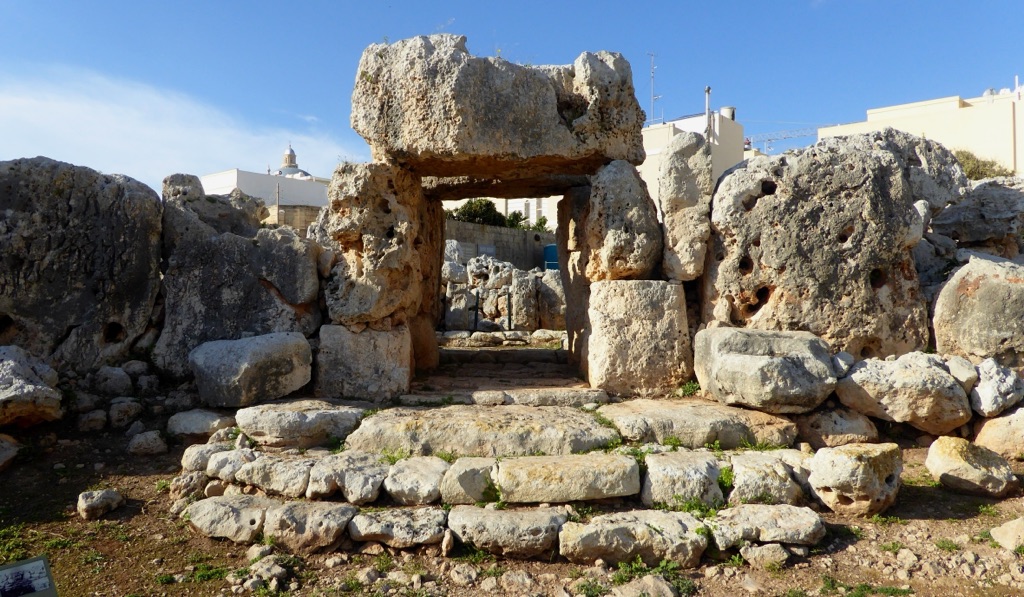
Ta’ Ħaġrat Temples
The Ta’ Ħaġrat temples, located in the village of Mġarr, Malta, stand as a testament to the architectural and cultural achievements of prehistoric societies. These temples are part of a group of megalithic structures that have been recognized by UNESCO as World Heritage Sites, underscoring their global importance as some of the world’s oldest religious sites.
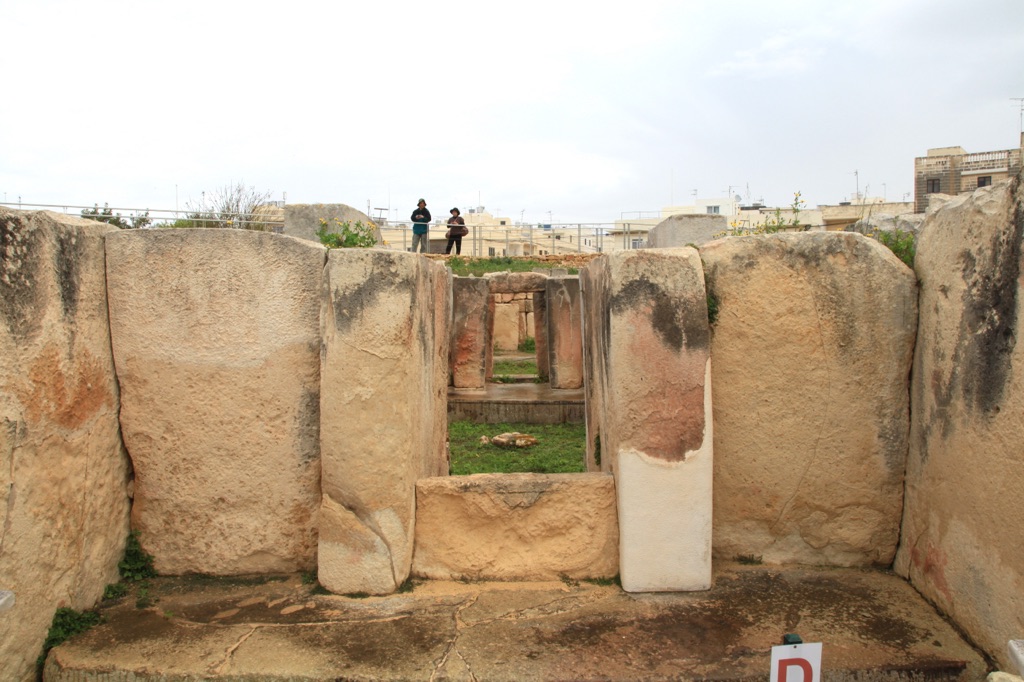
Tarxien Temples
The Tarxien Temples, located in Tarxien, Malta, represent a significant archaeological complex that dates back to approximately 3150 BC. These temples were recognized for their historical and cultural importance in 1992 when they were inscribed as a UNESCO World Heritage Site, alongside other Megalithic temples on the island.

